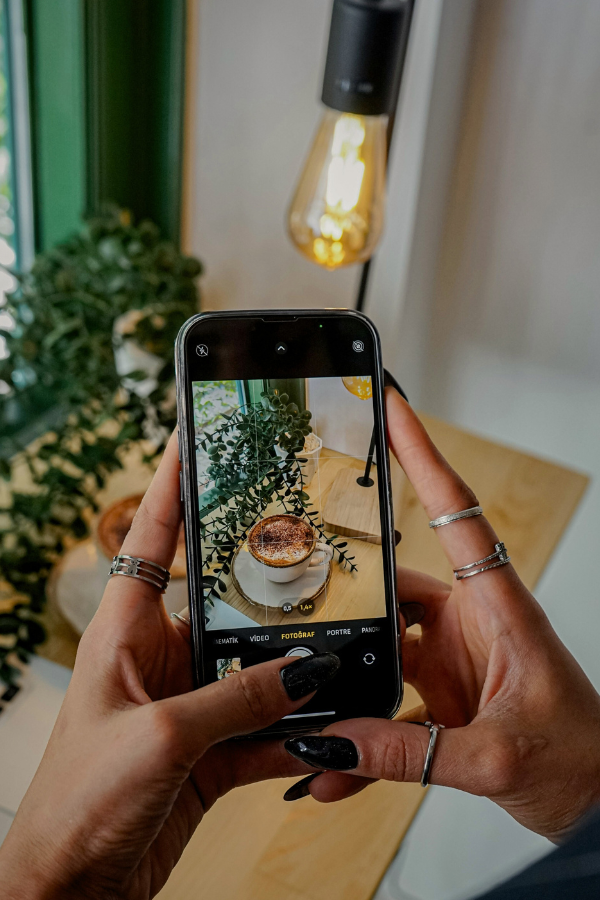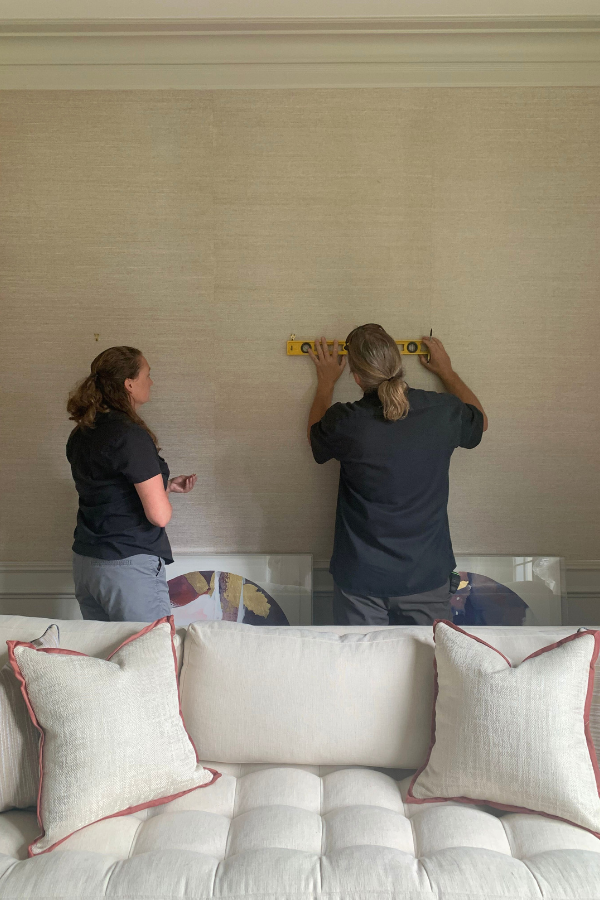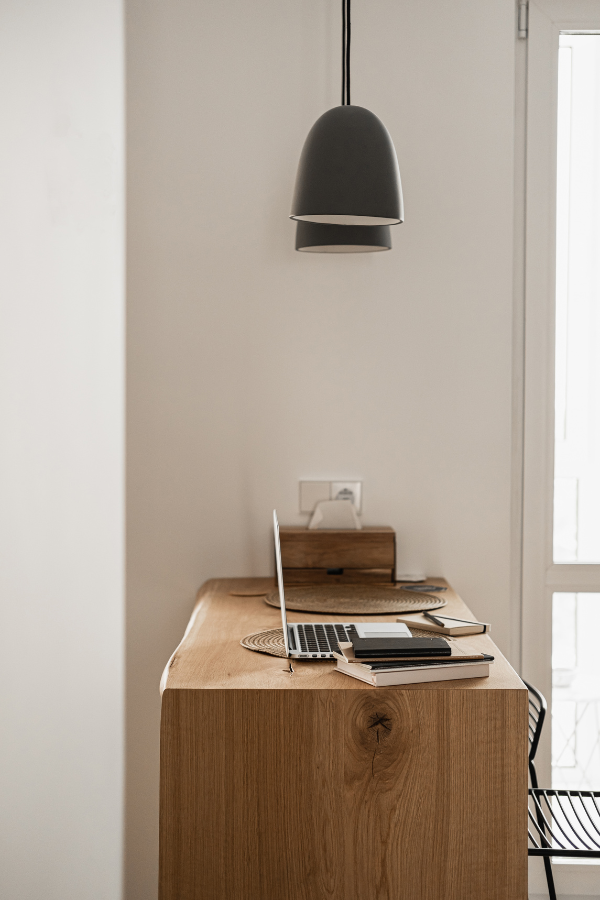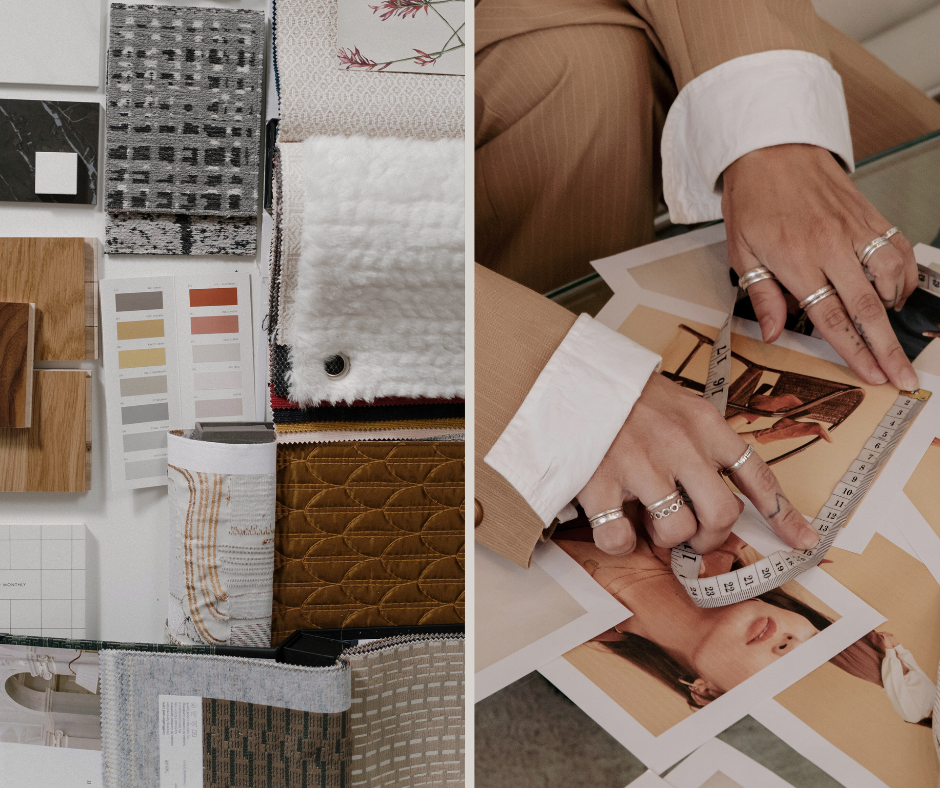
How to Navigate Your Interior Design Business During Economic Shifts
Summary
Reflection Questions
Journal Prompt
Ah, the rollercoaster of running an interior design business during economic ups and downs. It’s like trying to redecorate a house while it’s on a seesaw, isn’t it? But fear not, my fellow design enthusiasts! We’re about to embark on a journey through the twists and turns of adapting your interior design biz to the whims of the economy.
Picture this: You’re all set to transform a client’s living room into a mid-century modern paradise, when suddenly, the economic forecast looks about as inviting as a beige wallpaper from the 70s. What’s a savvy designer to do? Well, that’s exactly what we’re going to explore.
We’ll dive into the nitty-gritty of keeping your clients happier than a maximalist in a pattern shop, even when their wallets are feeling a bit… minimalist. We’ll chat about pinching pennies without compromising on style (because darling, a recession is no excuse for bad taste). And, of course, we’ll look at how to make the most of what you’ve got, like a pro upcycle turning grandma’s old dresser into a showstopping bar cart.
So, grab your mood board and your financial planner (strange bedfellows, I know), and let’s get ready to navigate the wild world of interior design during economic shifts. Trust me, by the end of this, you’ll be so prepared, you could design a chic, budget-friendly bunker – just in case things really go south.
Ready to make your business as adaptable as a convertible sofa bed? Let’s dive in!
Understanding Market Trends: Riding the Economic Rollercoaster

Market trends in the interior design biz are like trying to predict what my cat will do next – unpredictable, occasionally frustrating, but always fascinating. As we navigate these economic shifts (which feel more like economic somersaults), understanding market trends isn’t just helpful; it’s as essential as a good cup of coffee on a Monday morning.
Now, I know what you’re thinking. ‘Girl, market trends sound about as exciting as watching paint dry.’ But stick with me here. These trends are the secret sauce that can help your business thrive during economic ups and downs. It’s like having a crystal ball, but instead of seeing the future, you see opportunities to make spaces fabulous and keep your business booming.
According to the American Society of Interior Designers’ 2024 Economic Outlook Report, we’re in for quite a ride. The report is like a roadmap for navigating the twists and turns of our industry. And trust me, it’s more riveting than the latest Netflix drama.
One of the juiciest tidbits? The competition for talent is fiercer than a sample sale at a designer boutique. Wages are climbing faster than my excitement for a new project, which is saying something. But here’s the twist – this could potentially fan the flames of inflation. It’s like trying to balance a perfectly styled bookshelf; one wrong move and everything could come tumbling down.
But it’s not all doom and gloom, my darlings.
The report also hints at some exciting opportunities. For instance, education construction spending is set to increase in 2024. Can you imagine the possibilities? We could be designing spaces that inspire the next generation of world-changers. Now, that’s what I call leaving a legacy!
On the flip side, the report suggests that spending on residential improvements might take a bit of a nosedive in 2024 and 2025. It seems like everyone and their dog got their home office makeover during the pandemic, and now they’re taking a breather.
But don’t panic! This is where understanding market trends really shines. Instead of wringing our hands, we can pivot faster than a swivel chair in a home office.
| Sector | 2024 Growth | 2025 Growth |
|---|---|---|
| Residential | Slowing | Decline |
| Commercial | Growth | Slower Growth |
| Manufacturing | 14% | Stable |
| Institutional | 10% | 4% |
Maybe it’s time to focus on commercial spaces? With office vacancies on the rise, there’s a golden opportunity to help businesses create spaces that actually make people want to leave their cozy home offices. Imagine designing an office so fabulous that people forget they’re wearing real pants again.
The key here, my lovely readers, is to stay flexible. Market trends are like fashion trends – they come and go, but style is eternal. By keeping our finger on the pulse of these trends, we can adapt our businesses faster than you can say ‘open concept living space.’
So, how do we do this? Well, it’s not rocket science (thank goodness, because I barely passed high school physics). Here are a few tips:
- Stay informed: Read reports like ASID’s Economic Outlook. It’s like gossip for the design world, but way more useful.
- Network: Talk to other designers, suppliers, and clients. Sometimes the best insights come from a casual conversation over a latte.
- Be adaptable: If residential projects are slowing down, can you pivot to commercial? Or maybe focus on smaller, budget-friendly refreshes for homeowners?
- Keep learning: New materials, technologies, and design approaches are always emerging. Stay curious!
Remember, darlings, understanding market trends isn’t about predicting the future. It’s about being prepared for whatever curveballs the economy throws our way. It’s about seeing opportunities where others see challenges. And most importantly, it’s about continuing to create beautiful, functional spaces that make people’s lives better – no matter what the economic forecast says.
So, let’s raise a glass (or a paint swatch) to navigating market trends with style, grace, and maybe a little bit of sass. After all, that’s what makes the world of interior design so endlessly fascinating.
Adapting Client Relationships: Keeping the Love Alive in Tough Times
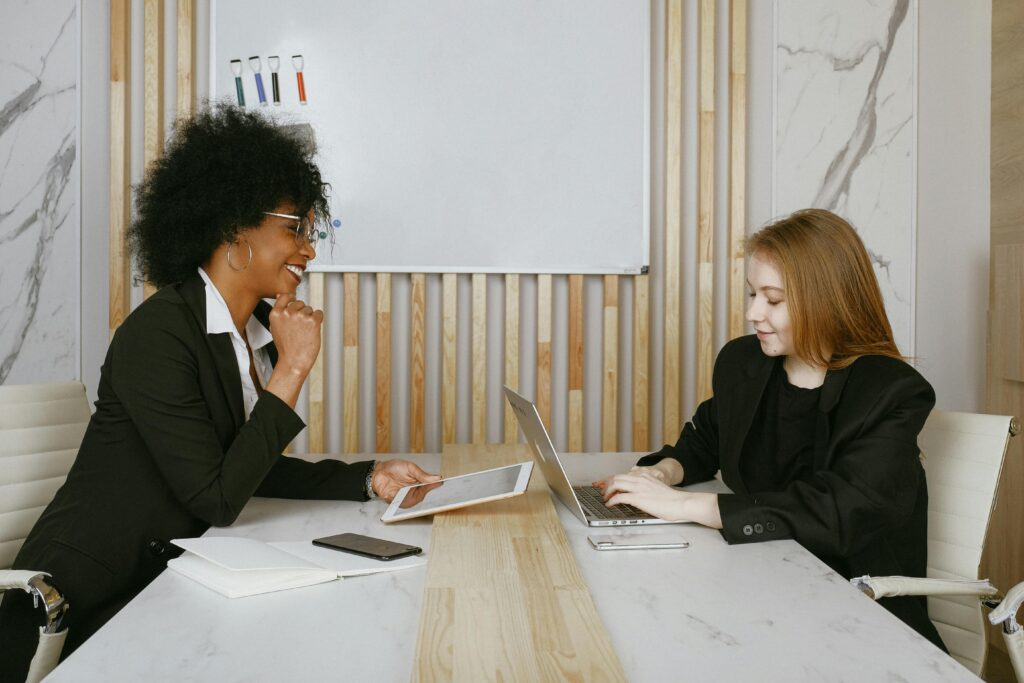
Maintaining client relationships can feel like navigating a minefield sometimes, especially when the economy decides to throw us all for a loop. But fear not, my fellow relationship jugglers! I’ve got some nuggets of wisdom to help you not just survive, but thrive in these unpredictable times.
First things first, communication is key. When the economic waters get choppy, your clients need to know you’re still steering the ship. Regular updates are like relationship vitamins – they keep things healthy and prevent nasty surprises. Whether it’s a quick email, a witty tweet, or a good old-fashioned phone call, keeping in touch shows you care.
But here’s the thing – it’s not just about talking at your clients, it’s about listening to them. Ask questions, seek feedback, and actually use that feedback! Your clients will feel valued, and you’ll get insider info on how to keep them happy. Win-win!
Fuel your creative fire & be a part of a supportive community that values how you love to live.
subscribe to our newsletter
*please check your Spam folder for the latest DesignDash Magazine issue immediately after subscription
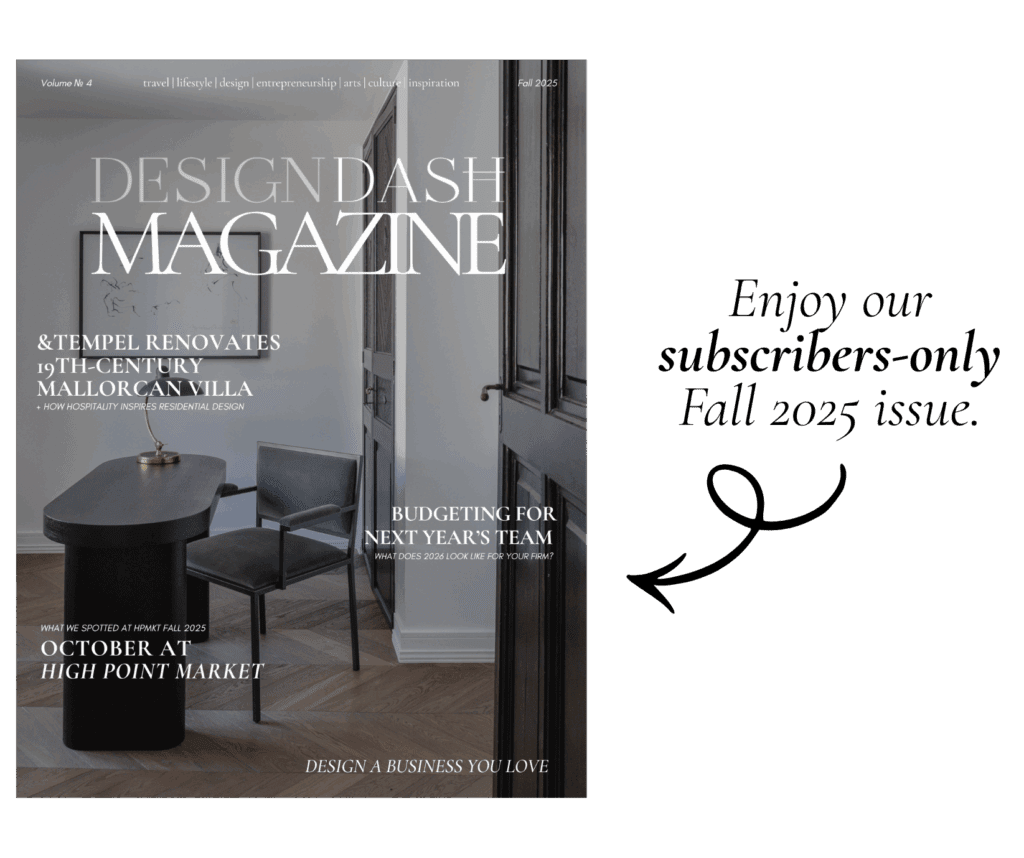
Now, let’s talk about flexibility. In uncertain times, being rigid is a surefire way to lose clients. Maybe they need to adjust payment terms, or perhaps they’re looking for new ways to maximize value. Whatever it is, show them you’re willing to adapt. It’s like relationship yoga – the more flexible you are, the less likely things are to snap when stretched.
And here’s a wild idea – why not go above and beyond? Think along the lines of unexpected value. Maybe it’s a free workshop, a helpful resource, or just some extra time to brainstorm solutions. It’s like surprising your partner with breakfast in bed – not necessary, but oh so appreciated.
Lastly, remember that empathy goes a long way. Your clients are probably feeling the pinch too. A little understanding can turn a potentially tense situation into an opportunity to strengthen your bond.
Cost Management and Resource Optimization: Navigating the Economic Rapids
Let’s talk money, honey – specifically, how to keep more of it in your business bank account when the economy decides to do its best rollercoaster impression. As someone who once tried to budget using a system of colorful sticky notes (spoiler alert: it didn’t end well), I’ve learned a thing or two about managing costs and resources.
So, grab your calculators and let’s dive into the wild world of financial finesse!
1. Budgeting: Your Financial Crystal Ball
First things first: budgeting. I know, I know – it’s about as thrilling as waiting for water to boil. But trust me, a solid budget is like a good bra – supportive, flexible, and keeps everything in place when things get bumpy.
Here’s a pro tip: ditch the annual budget and embrace the rolling forecast. It’s like having a GPS for your finances, constantly recalculating your route as economic conditions change. Plus, it makes you feel like a financial wizard, and who doesn’t want that?
2. Cost-Saving: The Art of Penny-Pinching (Without Being a Scrooge)
Now, let’s talk about saving those precious pennies. Remember, every dollar you save is a dollar you can invest in growing your business (or buying that fancy espresso machine for the office – I won’t judge). Here are some cost-saving ideas that won’t make your employees revolt:
- Embrace the cloud: It’s not just for storing your embarrassing selfies anymore. Cloud-based tools can slash IT costs faster than you can say “server maintenance.”
- Go green: Not only is it good for the planet, but energy-efficient practices can also be good for your wallet. Win-win!
- Negotiate like a pro: Channel your inner haggler and review your contracts. You’d be surprised how many vendors are willing to cut you a deal if you just ask (nicely, of course).
3. Resource Optimization: Squeezing Every Drop of Value
Finally, let’s talk about making the most of what you’ve got. Resource optimization is like playing Tetris with your business assets – it’s all about fitting everything together in the most efficient way possible. Here are some ideas to get your optimization juices flowing:
- Cross-train your team: The more hats your employees can wear, the more flexible your workforce becomes. Just don’t literally make them wear multiple hats – that’s just weird.
- Automate, automate, automate: If a task is repetitive and boring, there’s probably a robot (or at least some software) that can do it faster and cheaper.
- Leverage your data: You’re probably sitting on a goldmine of information. Use it to make smarter decisions about everything from inventory management to marketing spend.
| Cost-Saving Strategy | Estimated Annual Savings Potential |
|---|---|
| Cloud-Based Tools | 10-30% |
| Energy-Efficient Practices | 15-20% |
| Negotiating Supplier Contracts | 5-15% |
| Cross-Training Employees | 10-25% |
| Automation of Repetitive Tasks | 20-40% |
Remember, navigating economic shifts is all about being adaptable, creative, and maybe a little bit scrappy. It’s like financial yoga – stretch those dollars, find your balance, and breathe through the challenging poses. Before you know it, you’ll be a cost management and resource optimization guru, impressing everyone with your budgeting prowess and leaving your competition in the fiscal dust. Now, if you’ll excuse me, I have a date with my spreadsheets – wish me luck!
Leveraging Technology in Interior Design
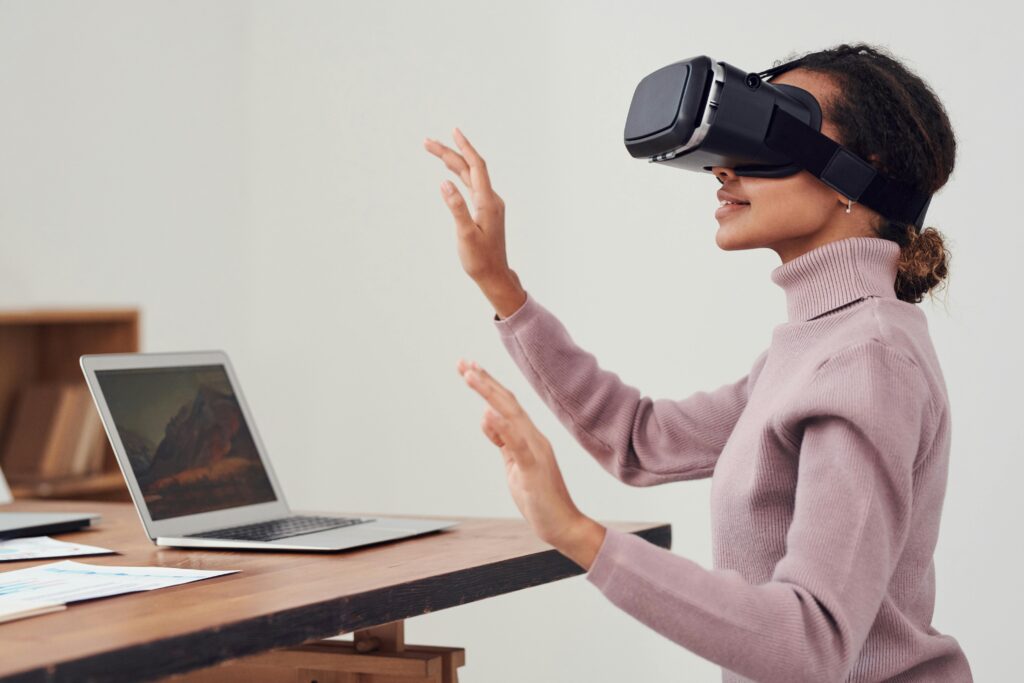
Okay, fellow design enthusiasts, let’s talk tech. I’m talking about the good stuff – the tools that make our designer lives easier and our clients’ jaws drop.
You know that feeling when you’re trying to explain your brilliant vision to a client, and they’re looking at you like you just spoke Klingon? Well, say goodbye to those blank stares, because 3D rendering software is here to save the day (and possibly your sanity). Tools like SketchUp let you create stunning 3D models faster than you can say ‘accent wall’. It’s like giving your clients x-ray vision into their future space, minus the radioactive superpowers.
Virtual reality is no longer just for gamers living in their parents’ basements. With VR tools, you can literally walk your clients through their new space before a single paintbrush is lifted. It’s like The Matrix, but with better furniture.
And let’s not forget about the unsung hero of the design world – project management software. Tools like Asana or Trello can help you stay organized and on top of deadlines, even when your brain feels like it’s been replaced by a bowl of spaghetti.
Now, I know what you’re thinking. ‘But girl, all this fancy tech must cost a fortune!’ Well, my budget-conscious friends, fear not. There are plenty of affordable (and even free!) options out there. Canva, for example, is a godsend for creating quick mood boards and presentations that don’t look like they were made by a kindergartener with a glue stick.
The bottom line? Embracing technology in your design business isn’t just about keeping up with the Joneses. It’s about working smarter, not harder. It’s about wowing your clients and staying competitive, even when the economy decides to do its best rollercoaster impression.
So go forth, my tech-savvy designers! Embrace the pixels, conquer the software, and show those blank walls who’s boss. Just remember to come up for air occasionally – and maybe invest in some blue light glasses. Your eyes (and your clients) will thank you.
Sustainability Practices in Uncertain Times
Alright, my budget-conscious design enthusiasts, let’s chat about keeping our spaces eco-friendly even when the economy’s doing its best impression of a rollercoaster. Because Mother Earth doesn’t take a vacation just because our wallets are feeling a bit lighter.
It’s funny how economic shifts can make us rethink everything, including how we approach sustainability in our homes. But here’s the kicker – being green doesn’t always mean spending more green. In fact, some of the most sustainable practices are also the most wallet-friendly. It’s like the universe is giving us a high-five for being savvy and eco-conscious at the same time.
So, how do we keep our interiors looking fab while still hugging trees (metaphorically, of course)? Here are some tips that’ll make both your conscience and your bank account breathe a sigh of relief:
1. Upcycle Like a Boss
Remember that old dresser you were thinking of tossing? Hold up! With a little imagination and maybe a YouTube tutorial or two, you can transform that bad boy into a statement piece. It’s like giving furniture a second chance at life – very ‘Cinderella story’ if you ask me. Plus, according to a study by the EPA, reusing and recycling materials can significantly reduce waste and conserve resources. Who knew being thrifty could be so heroic?
2. Energy-Efficient Everything
Switching to LED bulbs might not sound sexy, but trust me, your utility bill will look hot. And when it comes to appliances, think of energy ratings as a beauty pageant – the more stars, the better. It’s like dating; you want the whole package – looks and efficiency.
3. Secondhand Chic
Vintage shopping isn’t just for hipsters anymore. It’s a goldmine for unique, character-filled pieces that won’t break the bank. Plus, you get to feel smug about reducing demand for new production. Win-win, am I right?
4. DIY Décor
Channel your inner craft goddess and create your own art or accessories. Not only will it give your space a personal touch, but it also means less mass-produced stuff ending up in landfills. And let’s be honest, the story behind that wonky ceramic bowl you made is way more interesting than anything you could buy at a big box store.
| Sustainable Practice | Economic Benefit | Environmental Impact |
|---|---|---|
| Upcycling Furniture | Saves money on new purchases | Reduces waste in landfills |
| Energy-Efficient Appliances | Lower utility bills | Reduces energy consumption |
| Secondhand Shopping | Cost-effective decor options | Decreases demand for new production |
| DIY Projects | Saves on decor expenses | Minimizes mass-produced goods |
Look, I get it. When times are tough, it’s tempting to throw sustainability out the window faster than last season’s trends. But here’s the thing – adapting our eco-friendly practices to fit our current situation isn’t just possible, it’s necessary. It’s about being creative, resourceful, and maybe a little bit scrappy (in the best way possible, of course).
So next time you’re feeling the economic pinch, remember that being sustainable isn’t just about buying the latest eco-gadget. It’s about making smart choices that are good for your home, your wallet, and our planet. And who knows? You might just find that living green in lean times brings out your inner interior design superhero. Now, go forth and conquer, my sustainable warriors!
Future Outlook for Interior Design Businesses
Buckle up, design aficionados! We’re in for quite the rollercoaster ride in the world of interior design. As we gaze into our crystal ball (which, by the way, would make a fabulous accent piece in any living room), let’s unpack what the future holds for our beloved industry.
First things first: sustainability isn’t just a buzzword anymore—it’s the name of the game. According to the ThinkLab U.S. Design Industry Benchmark Report for 2024, a whopping 75% of design pros expect a major uptick in demand for eco-friendly spaces and products. So, if you haven’t jumped on the green bandwagon yet, now’s the time to start color-coordinating your business plan with Mother Nature.
But here’s the kicker—our industry isn’t just changing; it’s flexing its economic muscles like never before. Did you know that the average interior designer has 40 times the purchasing power of the average consumer? Talk about influence! We’re not just picking throw pillows anymore, folks. We’re shaping a multi-billion dollar market.
Now, about that elephant in the room (no, not that quirky ceramic one you’ve been eyeing for your entryway): the economy. It’s as unpredictable as a client’s taste in wallpaper. The ASID 2023 Economic Outlook Report suggests we might be in for either a soft landing or a bumpy ride. My advice? Diversify your skills faster than you can say “open floor plan.” The more versatile you are, the better you’ll weather any economic storms.
Speaking of versatility, get ready to blur those lines between work, home, and play spaces. The pandemic might be in our rearview mirror, but its impact on how we use our spaces is here to stay. Think home offices that double as yoga studios, or corporate spaces that feel more like your favorite coffee shop. Flexibility is the new black, darling.
And let’s not forget about technology. If you’re not already besties with AI and virtual reality, it’s time to slide into their DMs. These tools aren’t just fancy gadgets—they’re becoming essential for creating immersive design experiences that’ll blow your clients’ minds (and hopefully, their budgets).
So, what’s the takeaway for all you fabulous interior design businesses out there? Stay agile, embrace sustainability, keep one eye on the economy, and never stop learning. The future of interior design is as bright as a well-placed accent light—and just as transformative. Now, if you’ll excuse me, I have a date with some sustainable fabric swatches and a very large cup of coffee. Onward and upward, design warriors!
Written by the DesignDash Editorial Team
Our contributors include experienced designers, firm owners, design writers, and other industry professionals. If you’re interested in submitting your work or collaborating, please reach out to our Editor-in-Chief at editor@designdash.com.






